Global Masters in Management ranking 2018: analysis and methodology
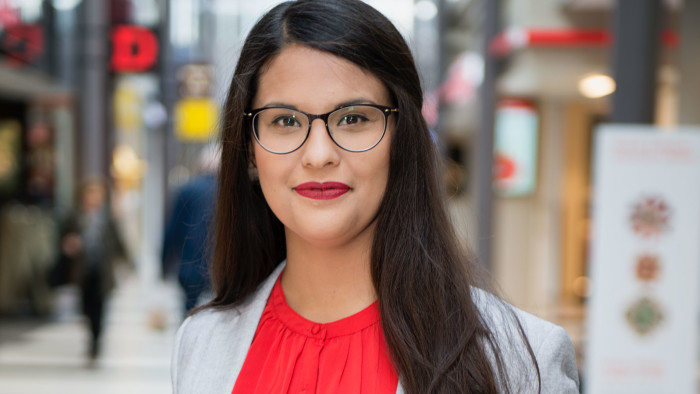
Roula Khalaf, Editor of the FT, selects her favourite stories in this weekly newsletter.
The 2018 Financial Times ranking of masters in management has reached the milestone of 100 schools for the first time, as the MiM degree continues to grow in popularity worldwide. Find the full ranking here.
This year’s table includes programmes from 27 countries, mostly in Europe, with more than 30,000 enrolled students. In comparison, the FT 2018 Global MBA rankings, published in January, featured schools from 17 countries, half in the US, with about 19,000 new students.
The first MiM ranking, published in 2005, listed 25 schools, all in Europe. The number of schools has increased sharply in the past four years, from 70 in 2014 to 95 in 2017. This year, 104 schools took part in the process, including six new entrants, with 100 making the final cut, the maximum in the FT rankings.
Masters in management programmes have a core of general management education in common but otherwise they vary widely. The shortest programme is eight months and the longest 36 months long, and cohort sizes range from 28 to 1,274. Programmes are taught either by business schools or universities and come with very different price tags: tuition fees at ranked schools range from zero (where there is full state funding) to about £40,000.
Swiss school St Gallen’s MA in Strategy and International Management tops the ranking for the eighth consecutive year. HEC Paris remains in second place, a position it has held since 2014, and London Business moves up one place to a new high of third.
FT Masters in Management Ranking 2018

The table in full
Find out which business schools have made it to the top 100 in the 14th edition of the FT Masters in Management ranking.
St Gallen has the smallest cohort among schools in the top five, with about 55 students each year. “The group is carefully selected so that you work together with people who are truly inspiring and bring you further,” commented one graduate. Its programme is also cheaper than any of its top five rivals, with a maximum fee of SFr10,000 ($10,027) and is in the top 20 for value for money.
St Gallen’s alumni have the highest salary on average among European schools at $109,000, adjusted for purchasing power parity, behind alumni from Indian schools. The programme is also number one for aims achieved and the efficiency of its career service. Finally, the school is in the top five for international course experience and international mobility in the three years following graduation.
This year’s highest new entrant is Hult International Business School. The US institution, which has campuses in Dubai, London and Shanghai, came in at 53. Its programme is in the top 10 for international mobility of graduates. The University of Economics, Prague took part in this year’s ranking with a different programme to previous years. The school’s Master in International Management — part of Cems, the international alliance of business schools — went straight in at 22.
The Irish and Swedish members of Cems — Smurfit Graduate Business School at University College Dublin and Stockholm School of Economics — are also climbing the table. Smurfit has broken into the top 10 for the first time at seven and Stockholm is up 11 places to 12. Both schools have risen more than 30 places in the past three years since taking part with new courses.
This year’s ranking includes for the first time a school from Slovenia — the University of Ljubljana Faculty of Economics. It enters the ranking at 83 and is number two for value for money. With that, Slovenia becomes the 42nd country to feature in 20 years of FT rankings.
Top school: St Gallen

For the eighth year in a row St Gallen’s MA in Strategy and International Management tops this ranking. Alumni from 2015 have the highest salary among European schools, at $109,000, and the MA is top for aims achieved and its careers service. “The administration was extremely helpful in allowing me to develop [in] exactly the direction that I wanted”, said one graduate. St Gallen is also second for international experience during the MA and fourth for graduates’ international mobility.
Top three: London Business School
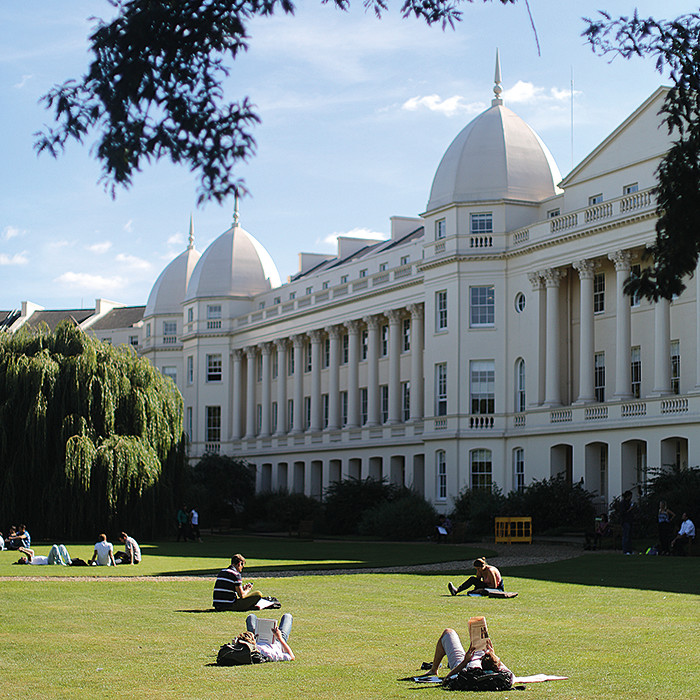
LBS was the first non-US school to top the FT Global MBA ranking in 2009. It has yet to reach number one in the MiM ranking but is in the top three for the first time. The school entered the table for the first time in 2014, in 10th place. Many graduates highlighted the quality of the programme. “The curriculum was challenging and the possibility to take electives together with other degrees was extremely enriching,” said one. The school is second for aims achieved and fifth for international mobility.
Top 10: Smurfit
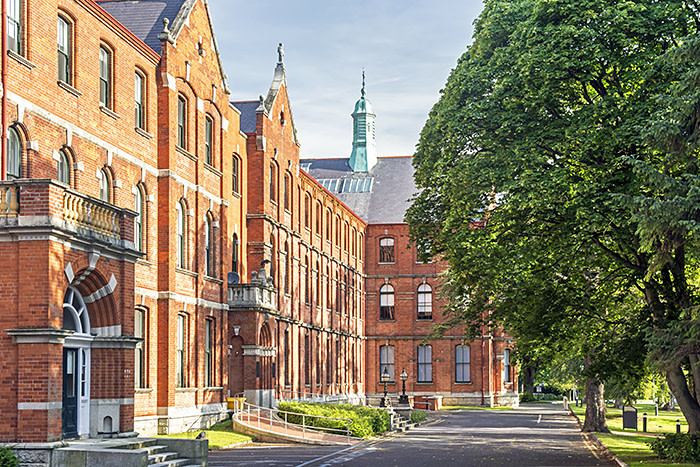
Smurfit Graduate Business School at University College Dublin has made the top 10 for the first time. Smurfit has featured in this ranking since the inaugural edition in 2005. Up to 2015, the school was in the bottom half of its ranking with its MSc in Business. In 2016 the school introduced its MSc in International Management, which was ranked 22. It climbed to 15th place last year and is now seventh. The MSc is top for international mobility of graduates. It has also one of the smallest cohorts, with about 40 students each year.
Top for career progress: Warwick Business School
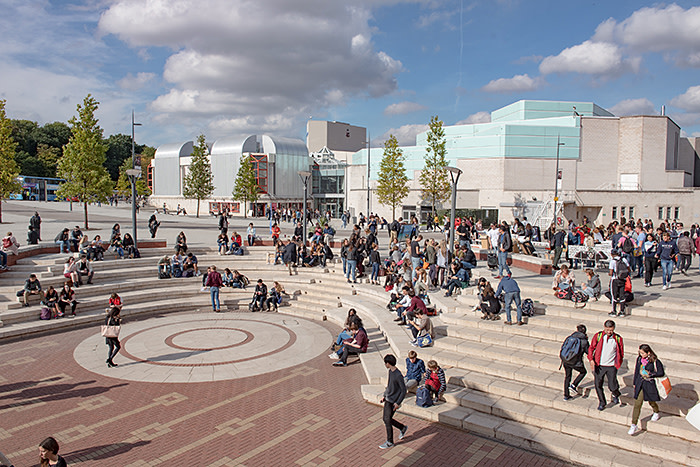
WBS is 21st overall in the ranking, but top for career progress. “WBS has taught me the crux of the management and helped me set up and grow my company,” said one graduate. This criterion was introduced last year to measure changes in the level of seniority and the size of company alumni work for between graduation and today. Overall, about 70 per cent of graduates from ranked schools are professionals or junior managers three years after graduation and 15 per cent are senior managers.
Highest new entrant: Hult
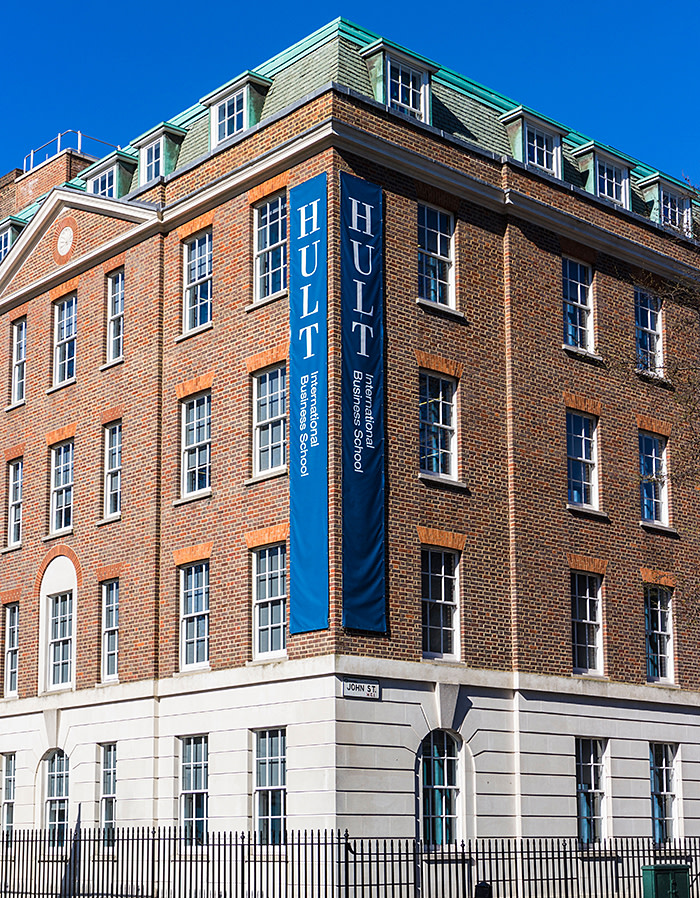
Hult International Business School is the highest new entrant at 53. (The University of Economics, Prague, has re-entered the table at 22 with a new programme but the school was ranked previously.) Hult is one of the most international US schools. Besides three US campuses, it has others in Dubai, London (pictured) and Shanghai. Students on its Master of International Business rotate between three campuses. It has one of the largest cohorts, with nearly 1,000 students, 95 per cent of which are international.
Value for money: Antwerp
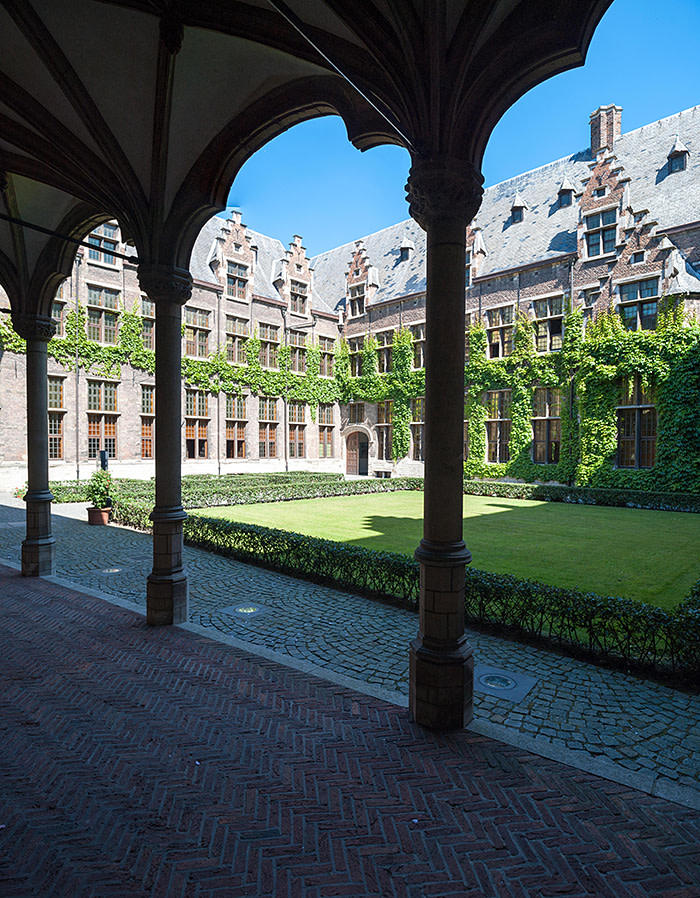
The University of Antwerp, new to the ranking at 89, is top for value for money. The class of 2015 had the lowest cost of study at $5,000, adjusted for purchasing power parity, compared with the average $39,000. Maximum fees are €2,890 but many alumni paid lower sums for tuition. Other schools’ fees are lower, such as TUM in Germany or Warsaw School of Economics, which charges no fees at all, but their alumni had greater additional costs. A quarter of graduates of ranked schools received some level of scholarship.
A first for Slovenia: Ljubljana
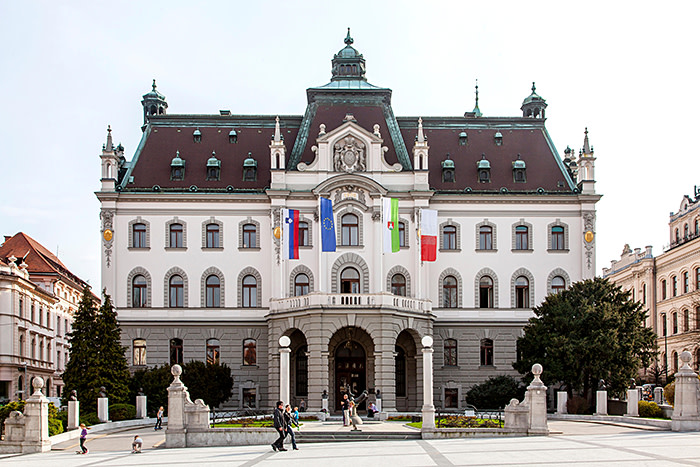
The University of Ljubljana Faculty of Economics enters the ranking at 83. This is the first time a Slovenian school has featured in an FT ranking. It was first accredited by Equis in 2006 and by AACSB in 2010. Being accredited by either organisation is a prerequisite for schools to take part in FT rankings. Alumni have the second lowest salary on average at $37,000 but the school is ranked second for value for money, thanks to low tuition fees. The masters programme is also in the top 20 for career progress.
Our methodology
This is the 14th edition of the FT ranking of Masters in Management programmes.
A record 104 schools took part in the ranking process in 2018, up from 102 in 2017. Schools must meet strict criteria in order to be eligible. Their programmes must be full-time, cohort-based and have a minimum of 30 graduates each year. Finally, the schools must be either AACSB- or Equis-accredited. Courses are typically one or two years in length and must be directed at students with little or no work experience. Specialised programmes are not eligible.
The rankings are calculated according to information collected through two separate surveys. The first is completed by the business schools and the second by alumni who graduated in 2015.
The FT requires a response rate of 20 per cent of alumni, with a minimum of 20 responses, for schools to enter the ranking calculations. About 6,400 alumni responded to this year’s survey — a response rate of 29 per cent.
The ranking has 17 criteria. Alumni responses inform seven criteria that together contribute 58 per cent of the ranking’s total weight. The remaining 10 criteria are calculated from school data and account for 42 per cent of the weight.
The current average salary of alumni has the highest weighting, at 20 per cent. Local salaries are converted to US dollars using purchasing power parity rates supplied by the International Monetary Fund. The salaries of non-profit and public service workers, and full-time students, are removed. Salaries are normalised by removing the very highest and lowest salaries reported.
Salary increase is the second most important criterion, with a weighting of 10 per cent. It is based on the average difference in alumnus salary between their first MSc level job after graduation and their current salary, three years after graduation. Half of the weight is applied to the absolute salary increase and the other half is applied to the relative percentage increase.
International course experience and international mobility are two other significant criteria, each with a weight of 8 per cent. They measure the students’ international exposure during and after their degree.
Where available, information collected over the past three years is used for all alumni criteria, except “value for money”, which is based on 2018 figures only. Responses from 2018 carry 50 per cent of the total weight, and those from 2017 and 2016 each account for 25 per cent. Excluding salary-related criteria, if only two years of data are available, the weighting is split 60:40 if data are from 2018 and 2017, or 70:30 if from 2018 and 2016. For salary figures, the weighting is 50:50 for two years’ data, to negate inflation-related distortions.
Data provided by schools are used to measure the diversity of teaching staff, board members and finance students, according to gender and nationality, and the international reach of the programme. For gender criteria, schools with a 50:50 (male:female) composition receive the highest score.
When calculating international diversity, in addition to schools’ percentage of international students and faculty — the figures published — the FT also considers the proportion of international students and faculty by citizenship.
An FT score is finally calculated for each school. First, Z-scores — formulas that reflect the range of scores between the top and bottom school — are calculated for each ranking criterion. These scores are then weighted and added together to give a final score. Schools are ranked according to these scores, creating the FT Masters in Management rankings 2018.
After discounting the schools that did not meet the response rate threshold from the alumni survey, a first version is calculated using all remaining schools. The school at the bottom is removed and a second version is calculated, and so on until the final ranking is reached.
Other information in the table — course fees and programme length, the number of students enrolled, the percentage of students who undertake internships and whether a relevant undergraduate degree is required — does not contribute towards the ranking. (See the key to the ranking.)
Judith Pizer of Jeff Head Associates acted as the FT’s database consultant
Comments